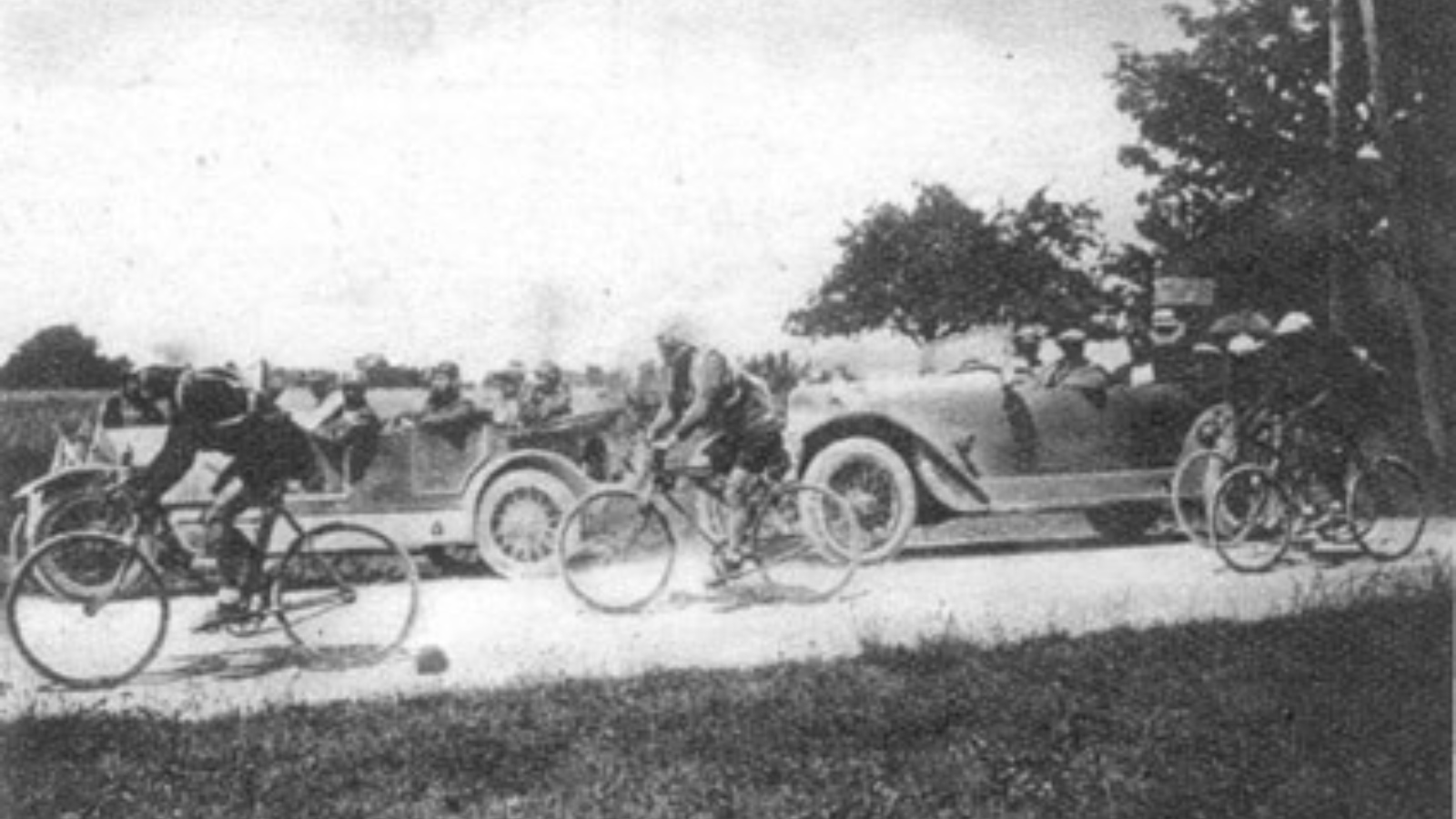Ottavio Bottecchia became the first Italian cyclist to win Tour de France. Also, he was the first rider to take the yellow jersey on the first day and to keep it until Paris. (Leading the race from the very first day was not a novelty, it happened at the very first Tour de France already. But Bottecchia was the first rider to manage it since the introdution of yellow jersey in 1919.)
Rules said that cyclists had to finish with everything they started with. Before the third stage, race officials were extremely suspicious about Henri Pelissier's behaviour, who was about to wear more jerseys at the start of the stage in the cold morning, what he intented to take of during the long day. Henri Pelissier, alongside with his brother Francis and Maurice Ville quit the race.
Cyclists arrived in finish in bunch during the first few stages, thus time bonuses (system introduced to the race in previous year) decided who was to lead he general classification.
1924 was the last year when the route was split in 15 stages. This was the system since 1910. During the upcoming years the number of stages would increase, but the lenght of them shorter. The era of starting the day in the middle of the night has ended.
Octavio Bottecciha dominated in the Pyrenees, but delivered less sginificant perfomance in the Alps, where future Tour de France winner Nicolas Frantz (1927 and 1928) displayed a stellar performance. But it was still not enough for him to gain the first position in the general classification.
